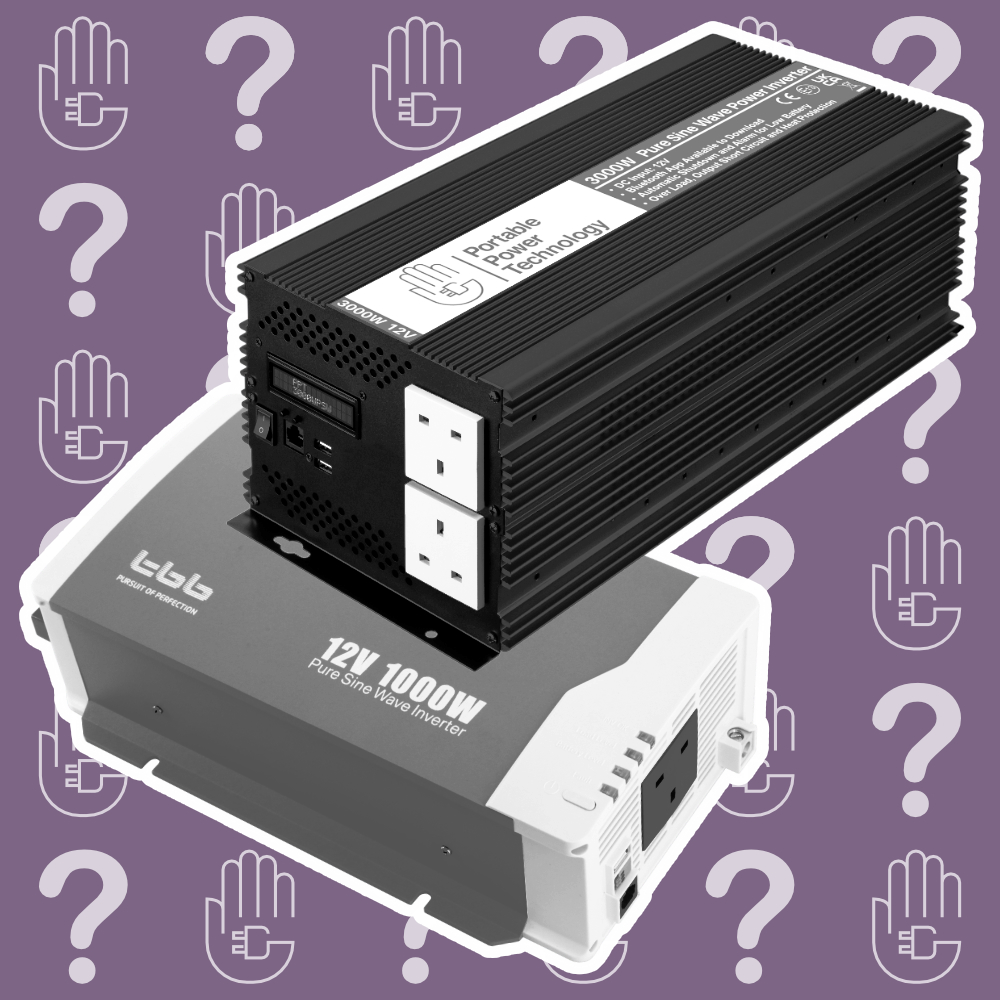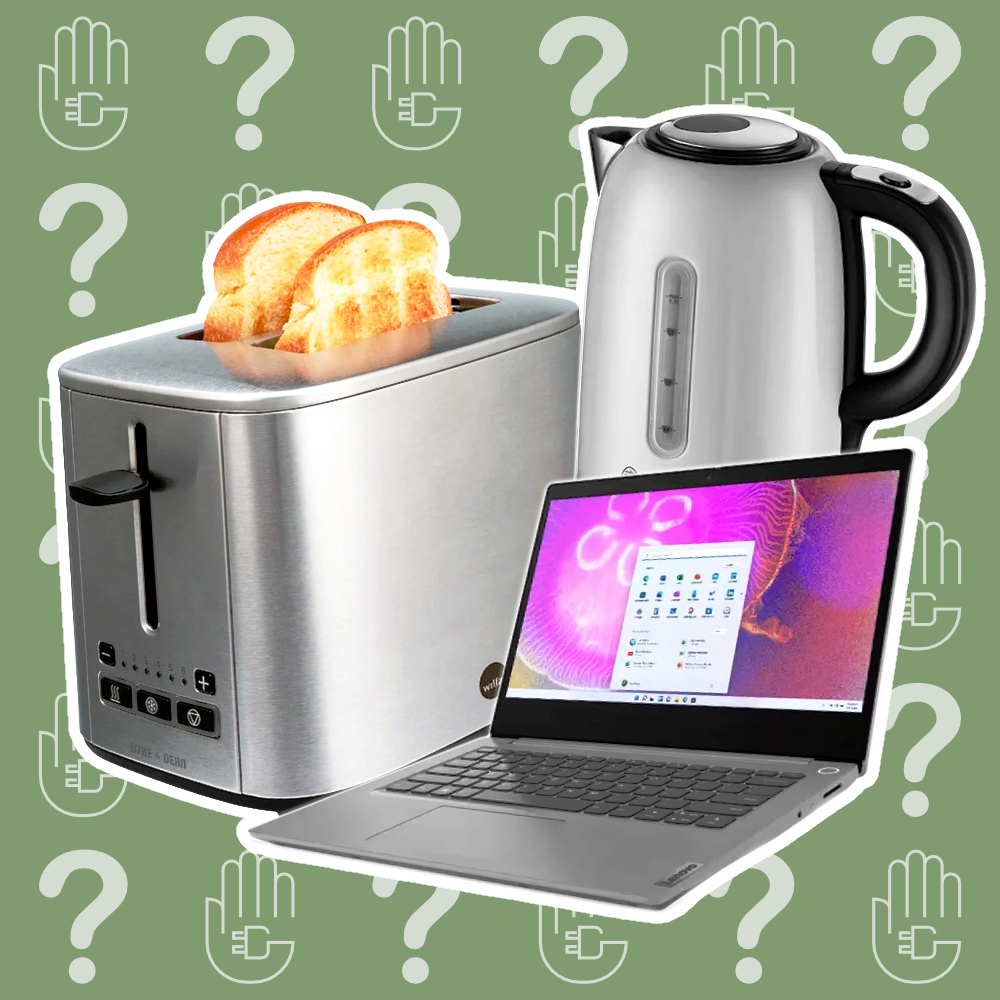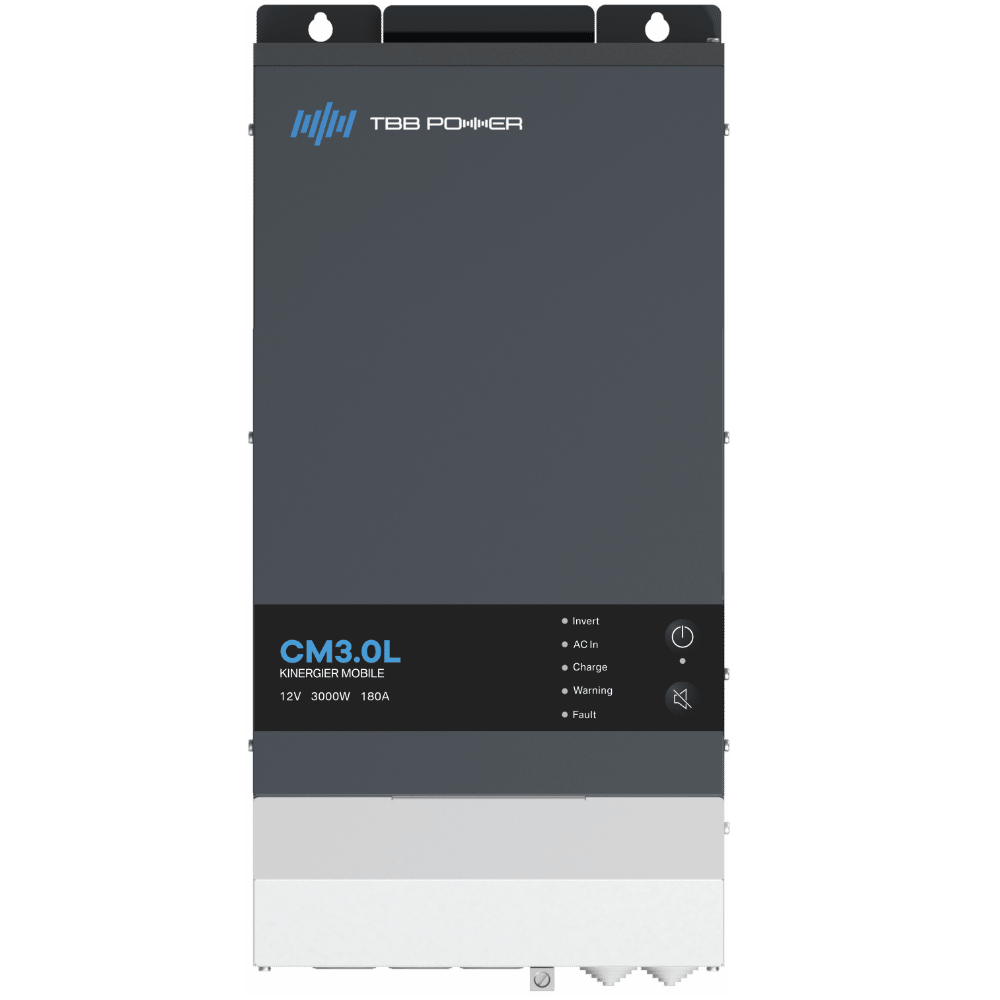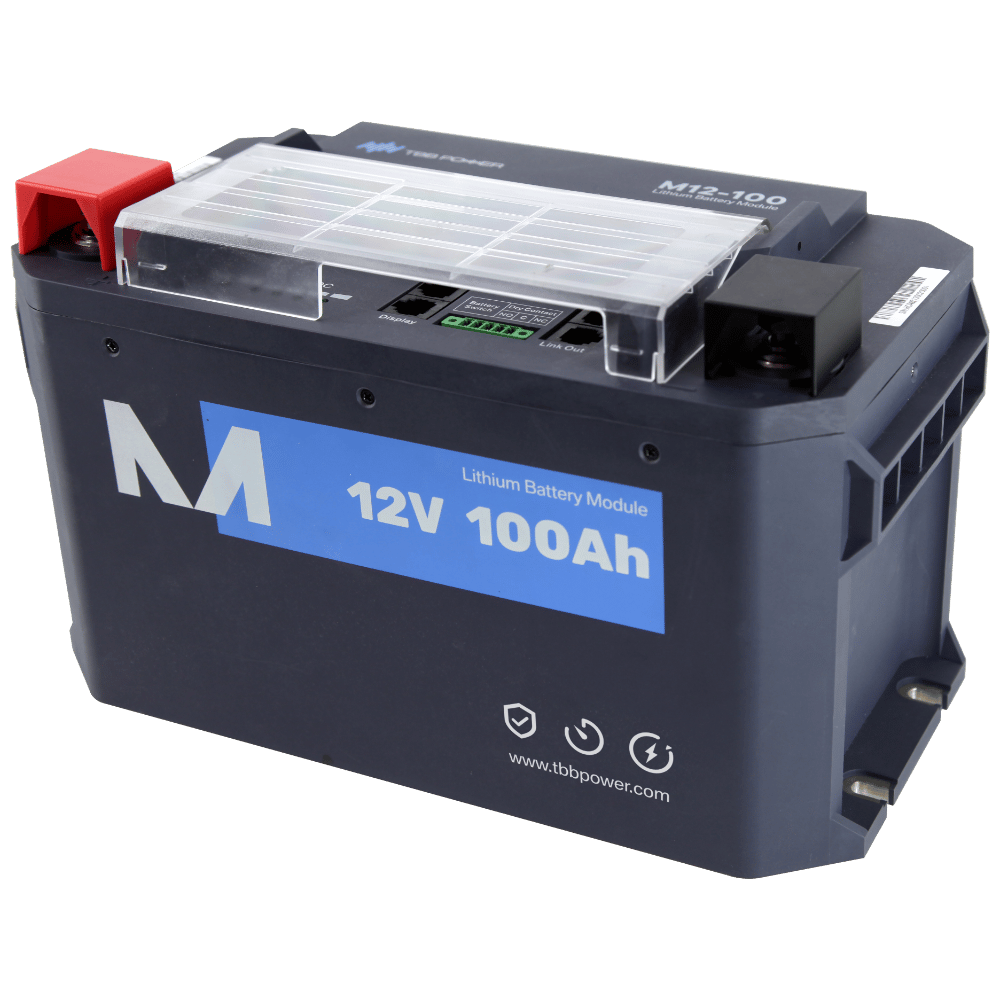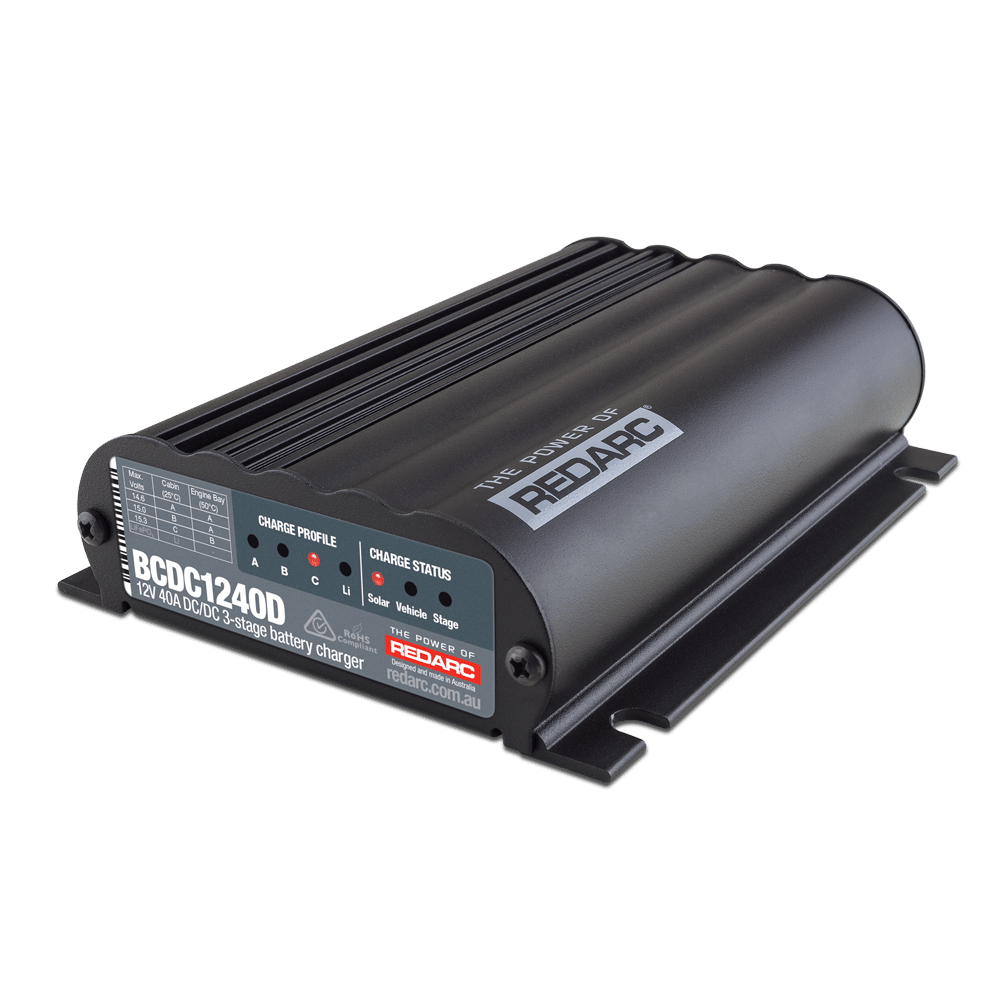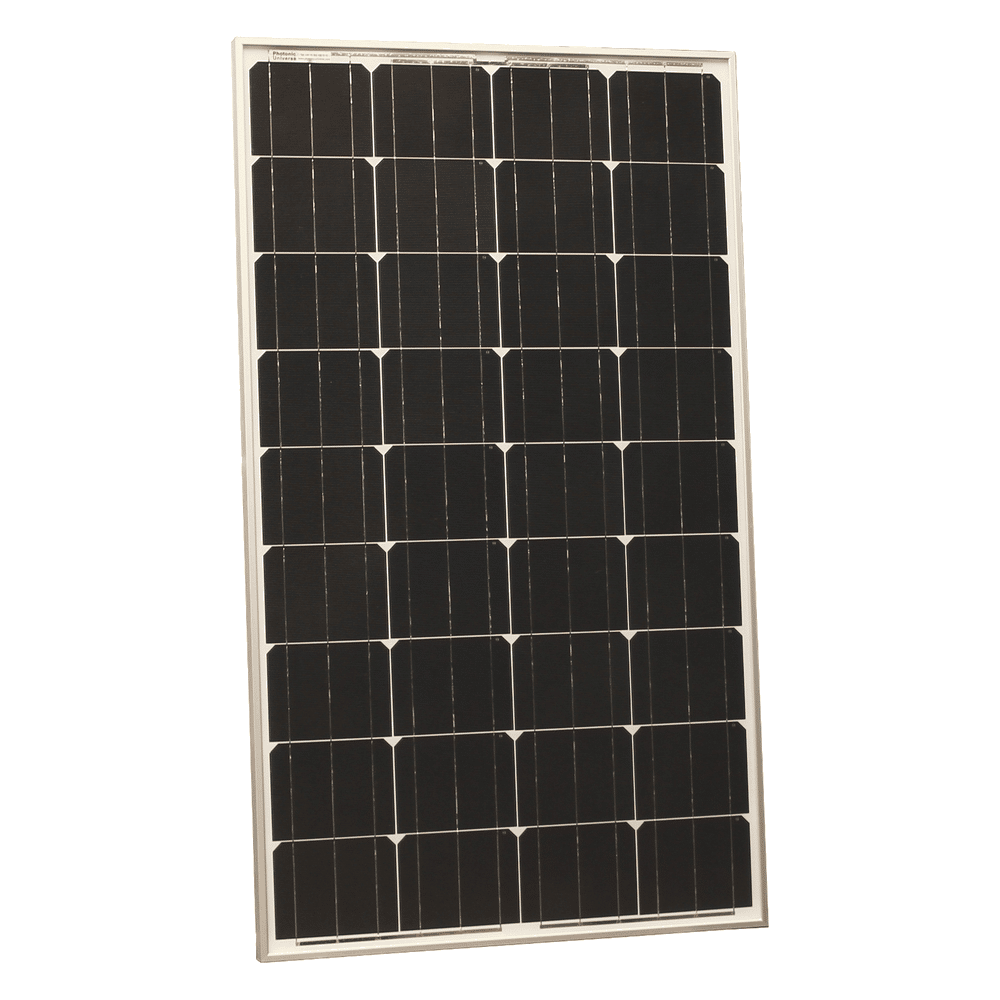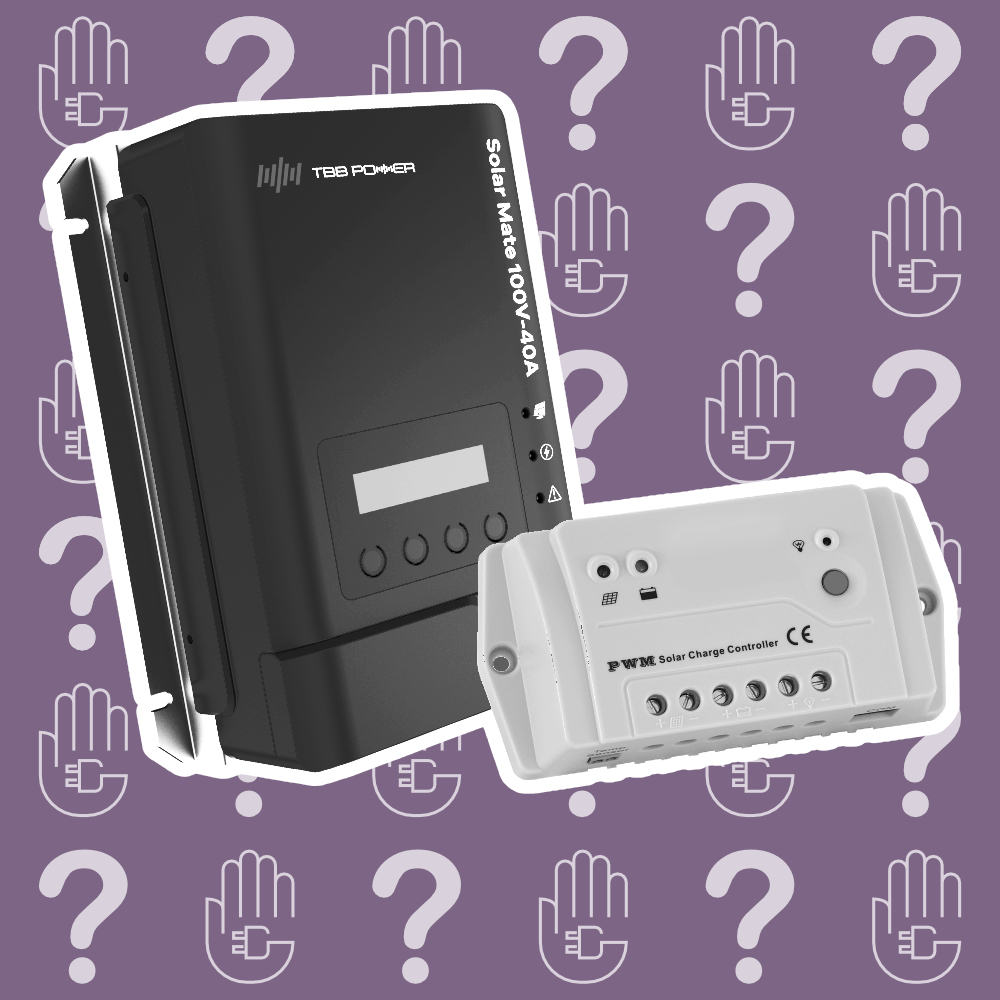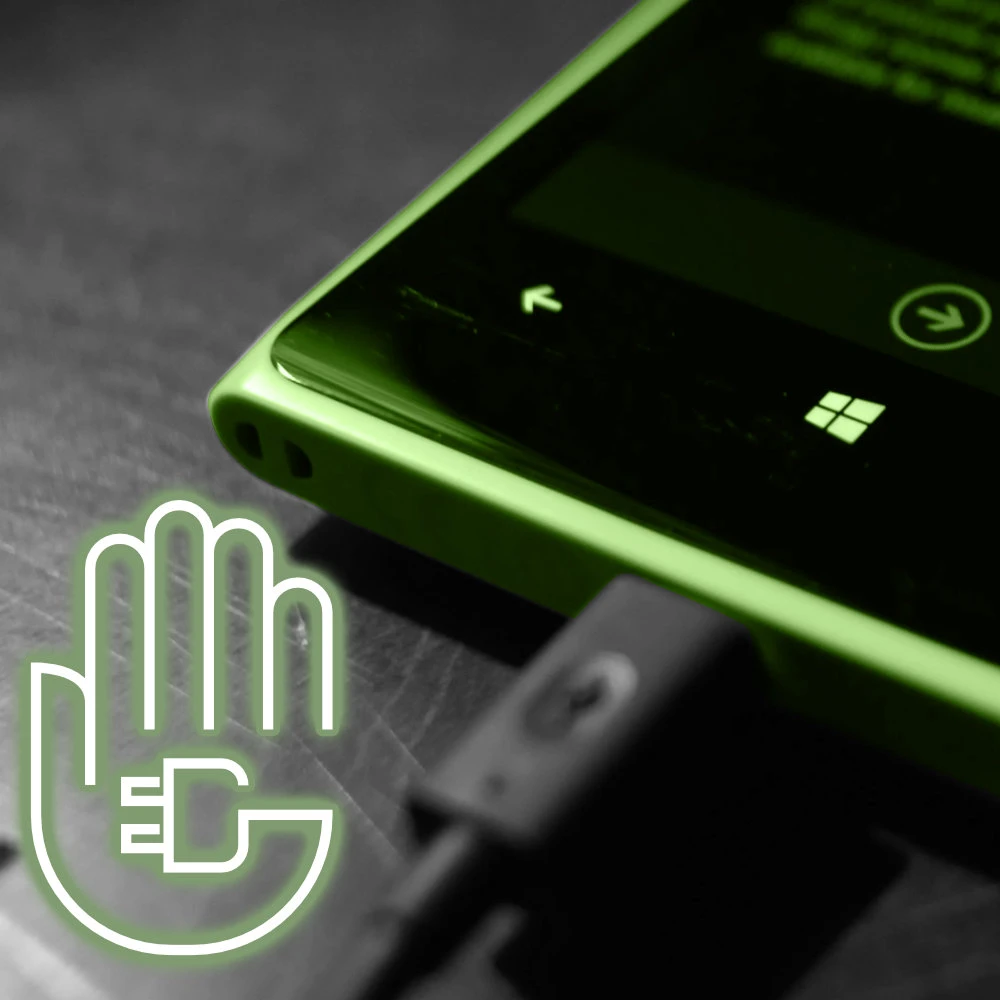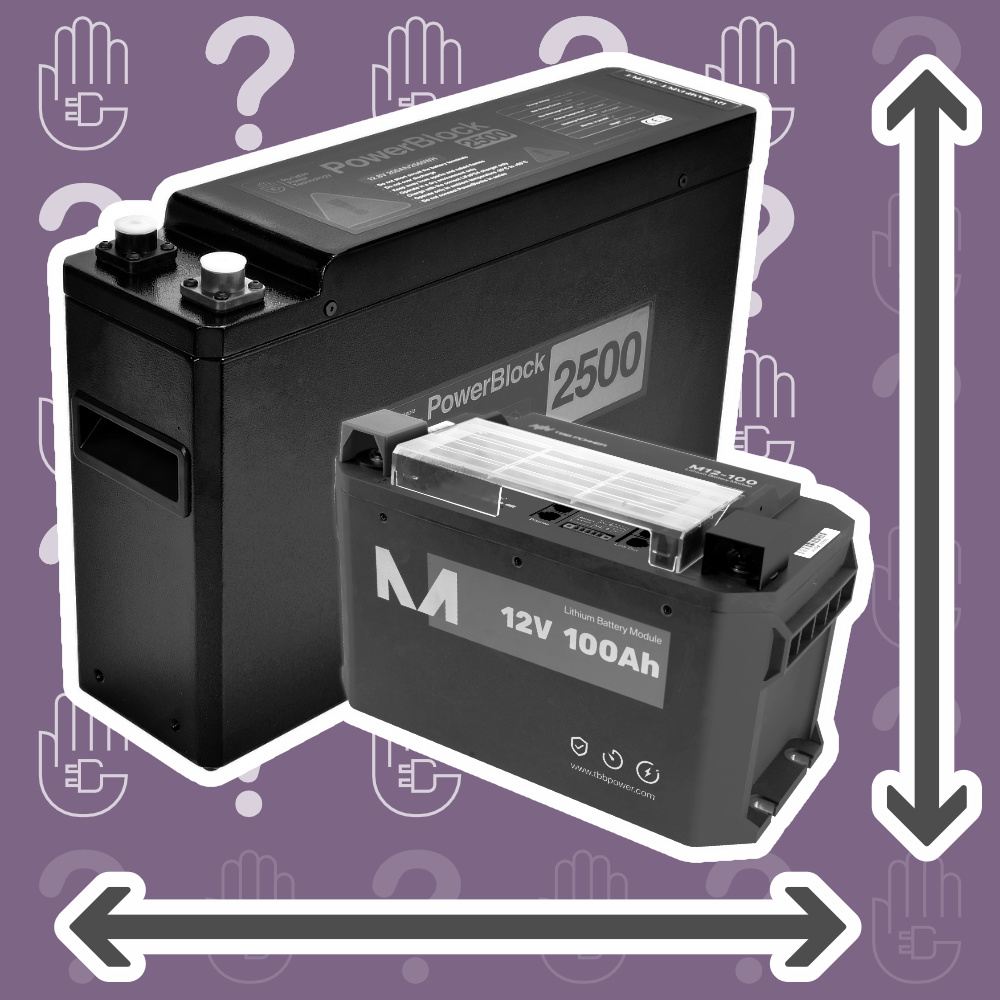Our technical team has over 15 years of experience working with off-grid and on-board power systems. Call today for a free chat to discuss your power needs.
If you're passionate about coffee and looking to start a mobile coffee business, having a reliable power source for your coffee equipment is essential. In this guide, we'll explore various options for powering all the appliances in your mobile business and make sure you can deliver high-quality coffee to your customers wherever you go.
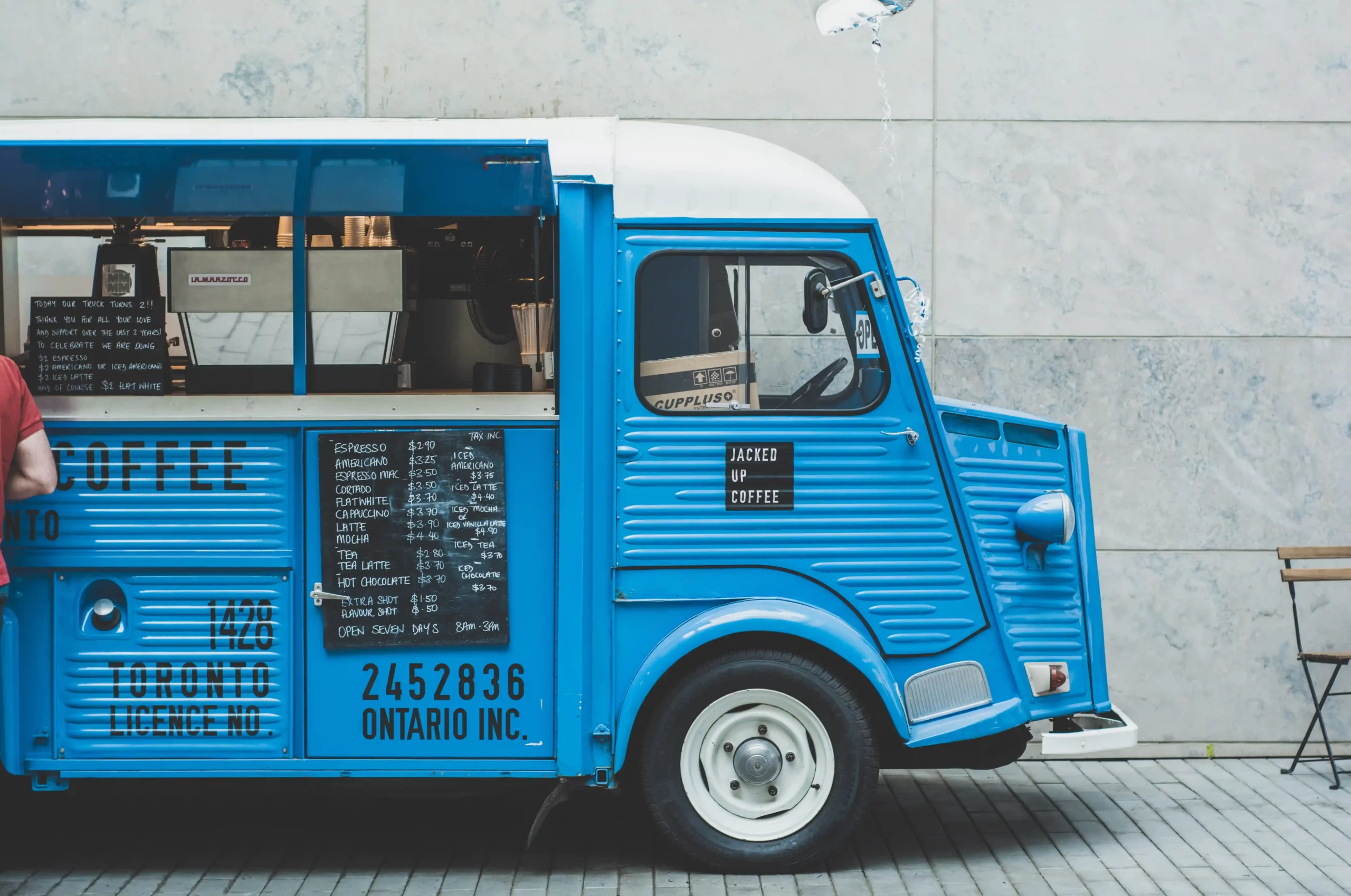
How to power a Mobile Business?
A generator is an old-school option for powering your coffee equipment in your mobile business. Generators come in various sizes and power outputs, so it's essential to choose one that can meet the power demands of your coffee equipment.
While a generator can provide a power source for your mobile coffee business, it comes with several significant drawbacks. Firstly, generators can be extremely damaging to the environment, emitting high levels of harmful pollutants. These all contribute to air pollution and have a drastic effect on climate change. Additionally, generators require a constant supply of fuel, which can be both costly and difficult to manage while you're in remote locations.
Another significant issue with generators is their high maintenance costs. Generators require frequent servicing to ensure they are running efficiently, and any malfunctions can be costly to repair.
The noise generated by generators is also a big nuisance for customers. Some premises will outright ban the use of generators, limiting you to where you can trade.
In light of these factors, it's more essential than ever to consider alternative power sources that are more environmentally friendly and cost-effective in the long run. By exploring a fully electric power system you can really make a difference. Allowing you to comfortably run your mobile coffee business without contributing to harmful pollution or break the bank on maintenance costs.
How to Power Loads Without a Generator?
You should consider adopting a lithium-based battery system with an inverter-charger instead of a generator to run your mobile coffee business. First of all, compared to a generator, an electric solution is significantly more environmentally beneficial. Why is that? Because it emits zero hazardous emissions or pollutants. This makes it a more responsible and sustainable choice for your company. Furthermore it's great for your image and may also help you get clients who care about the environment. Not to mention that, with proper care, a LiFePO4 battery can last for up to 10 years.
Secondly, a battery based system can be a more cost-effective option in the long run. The battery-based solution may cost more up front, we're not denying that. But you'll save money over time by not having to continually refuel a generator or cover its ongoing maintenance expenses. Due to the continued rise in both fuel and lithium prices, there's never been a better time to upgrade.
Whats an Auxiliary Battery System?
Typically your auxiliary battery system will be comprised of 2 components, the Inverter-Charger and the lithium battery storage. The inverter-charger itself works to draw DC energy, (stored in your batteries) and turn it into AC electricity to power all your appliances. You can also recharge the battery system by connecting up to the grid or another external power source. If you need more storage, you can even add more batteries to the system. Making it not only versatile but flexible. This means the entire system is extremely simple to operate. With the only "maintenance" is making sure it gets charged, no different than how we treat our mobile phones!
When you use a lithium-based battery system, you also have the option of adding solar panels. These will work to provide renewable and sustainable electricity for your business. This means that wherever you are, you'll be using the sun to recharge your batteries all while preparing fresh coffee for your clients.
Do you anticipate travelling around a lot? Even better, you can use a battery to battery charger to keep your lithium batteries charged up while you're driving. And should you run out of power, you can always use the inverter-charger with the a grid supply. Either from your home, hook-up point or external generator to safely recharge your batteries and get your business on the go again.
In conclusion, using a lithium-based battery system with an inverter-charger is a positive and responsible choice for powering any mobile business. Not only does this provide you with the most flexibility, but It's more environmentally friendly, cost-effective and provides a reliable power source that you can depend on, every single day.
Learn from the best with these real-world case studies
How Can I make The Change To A Fully Electric System?
So now you might be convinced that an on-board auxiliary power system is the correct move for your mobile business. However this may raise a plethora of other questions that may have you scratching your head. Have no fear, we are here to help. Let's dive right in to some of the more technical questions and break down what might seem like a daunting task, into tiny, easy to manage steps.
So there are two main elements to your power system and these are the battery and the inverter-charger. Each of these will need to be sized accordingly but in order to pick the right one, we're going to have to do a few calculations so that our power system meets all our power needs. If you don't fancy doing this yourself then I'd recommend reaching out to a power solutions specialist for their support. You can find out more here
How to size your power system?
Choosing the right equipment will depend on several factors and here are the two key considerations to have in mind:
- The Power Rating of your on-board Appliances
The first step is to determine the power requirements of all your electrical equipment. You'll need to know the wattage of each appliance, such as your coffee machine, grinder, fridge, water heater etc. This information is typically available in the product manual or on the manufacturer's website. This may be the most important step so it's essential to get right. - Operating Times of each Appliance
Next, you'll need to estimate how long you'll will be using each appliance in an average day. This will depend on your business needs and of course work schedule. Appliance run times will vary so take the time to think realistically about how often each appliance will be used for.
An example might be:
You'll need to run a fridge rated at 120W for the full 8 hours trade day but only have to use your coffee 600W coffee bean grinder for half an hour across the whole day.
Once you have all your appliances power ratings and an estimation for how long you'll be using them for, you'll have all the information you need to calculate your total energy consumption for your business.
How to work out energy consumption?
Once you know the wattage and usage of your coffee equipment, you can determine the battery capacity you'll need by working out your estimated energy consumption. This is typically measured in ampere-hours (Ah) or kilowatt-hours (kWh). To roughly calculate the required battery capacity, you'll have to work out the estimated consumption for each device and then combine them together to get your total energy consumption.
To work out the power consumption of a device, simply take its power rating, and times it by how long it's running for, based on the nearest hour / half. Using the following formula may help:
Power Rating (W) x Runtime in hours (h) = Daily Energy Consumption (Wh)
So if I was to use my 600W coffee grinder for 30 minutes a day, this would consume 300Wh.
(600 Watts x 0.5 hours = 300 Watt hours )
We worked this out by taking my power rating of 600W and multiplying it by my runtime which is 30 minutes.
Since we need hours for this calculation I would phrase this as 0.5 hours rather than 30 minutes.
Some loads might be less straight forward, say if I wanted to use my 1000W blender. I only need to use this for 3 minutes at a time for every frappé I make and I don't know how many I will make in a day.
I can assume that on a hot day a mobile coffee business could make up to 20 a day. This means we will be using the blender for a total of 1 hour each day, (3minutes x 20) bringing our blender's daily consumption to 1000Wh.
We will want to follow this process with every appliance we want to have on-board and will end up with something like this:
Appliance Energy Consumption Table
| Appliance | Usage | Estimated Rating | Energy Consumption |
|---|---|---|---|
| Interior Lights x8 | 8 Hours | 80W | 640Wh |
| Dual Fuel Coffee Machine | 8 Hours | 20W | 160Wh |
| Card Reader POS | 8 Hours | 10W | 80Wh |
| Phone / Tablet Charging | 6 Hours | 20W | 120Wh |
| Water Heater | 1.5 Hours | 1500W | 2250Wh |
| Coffee Grinder | 0.5 Hours | 600W | 300Wh |
| Total Energy Consumption | 3550 Wh | ||
How to choose the Battery Storage?
Once we have a good understanding of how much energy we will be using in an average work day, we can then appropriately size our battery bank. Some batteries list their total power capacity in Wh (Watt hour) , in which case it's as simple as buying enough batteries to satisfy your total energy demands (Wh).
However most batteries list their total capacity in AH (amp hours). in which case we will need to convert this into a Wh measurement. This makes it easier to compare with our Total Energy Consumption. You can find out more about how to choose the right battery storage in our quick and helpful guide below
Complete guide on How to size a Battery
How to choose the right Inverter-Charger?
Thankfully when it comes to choosing an inverter, we've got our work cut out for us. It's a very simple process compared to finding the right power storage and we've already done a majority of the work in our Energy Calculations.
Power inverters come in various different sizes and when we say "size" we are referring to the maximum power output of an AC Power Inverter.
Here we have a 800W Pure Sinewave AC Inverter, meaning it can power loads rated around 600W.
Likewise we can have something much larger and below you'll see a 3000W Inverter-Charger. Now this has a true 3000W output meaning it can continuously power loads rated up to 3000W.
In order to choose the right inverter for you, you'll need to make sure to find one that can handle the power requirements of your coffee equipment. Make sure to choose one that has a continuous output rating that's at least equal to the maximum power draw of your equipment.
Should you want to find out more about Inverters and how to size your system, check out these guides below;
Calculating Maximum Power Draw
Your maximum power draw is a figure measured in Watts (W). This represents the largest ammount of power that you will ever need at one given time. To work out your maximum power draw you need to add together the power ratings of all your appliances that will run simultaneously.
For example, you might have a coffee machine (2000W) and a grinder (500W). Maybe you want to use the coffee machine and the grinder at the same time? To achieve this you'll need an inverter-charger capable of outputting 2500W continuously.
However just like with our battery system, we will want to design our system with some forgiveness; Just in case our calculations are slightly off. Therefore its always best to size your inverter slightly above your maximum power draw. Larger scale inverters tend to be sized in multiples of 1000W. So in the example above we would look to get ourselves a power inverter capable of outputting 3000W continuously.
Overall, calculating the size of your power system for your mobile coffee business requires careful consideration. Focusing not only on your equipment's power requirements but your daily operating schedule aswell. By taking the time to do these calculations, you can ensure that you have a reliable and sustainable power source that meets the needs of your business.
Putting Together The Best Power System
Curating the best power system is not always the easiest task but we hope this article has been helpful or at the very least given an insight into the world of on-board power systems and their capabilities.
To round off everything we have curated an amazing power system below that incorporates everything we have learned as well as some additional extras such as a battery to battery charger and solar panels.
System Specifcation:
- 3000W AC Output with 300% surge rating for powering 240V Loads
- 1280Wh - 10,240Wh LiFePo4 Storage using the M12-100 Battery Modules
- 100A Mains Battery Charger built into the Kinergier Inverter-Charger
- 40A Battery to Battery charger for recharging on the go with the RedarcBCDC1240D
- 150W - 600W of PV Solar Energy Generation
- Built-in heater element to warm batteries for use in winter
- Automatic Changeover functionality for running appliances from grid
- 5 year warranty with the Kinergier Inverter-Charger
Here we have the ideal system that is scalable, flexible and an all-round powerhouse for any mobile buisness.
Complete with a 3000W inverter-charger and high-quality lithium batteries with a built in heater element. Combined with a B2B charger and solar panels, not only is this system equiped to run at all times of the year, but its industrial quality of its components ensures that its built to last.
Should you have any further questions or want to speak with a professional about your application then please get in contact with us directly.
